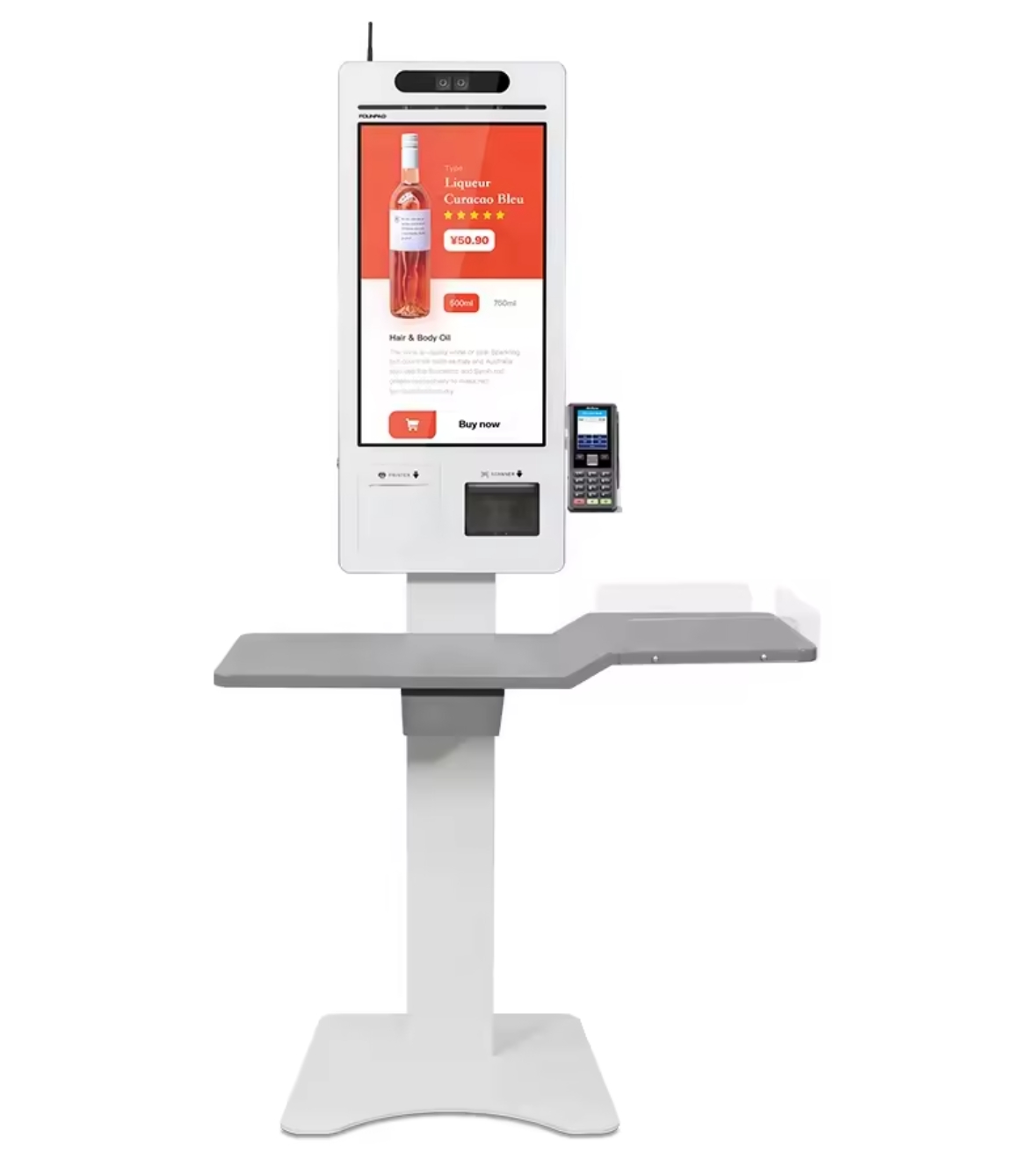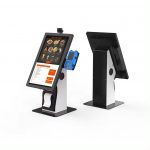Understanding the Size Limits of Self-Service Kiosks
Self-service touch kiosks have become an integral part of various industries, from restaurants to airports, providing convenience and efficiency. However, like any other technology, they have certain limitations when it comes to the size of the items they can handle. These kiosks are designed to process smaller, user-friendly transactions, so larger or bulkier items may not fit the requirements of most standard kiosks. Knowing these size limits ensures that users don’t face unexpected challenges while interacting with these devices.
Physical Dimensions of the Kiosk Interface
When it comes to the physical size limits, self-service touch kiosks are generally built with a compact and user-friendly interface. The screen is designed to fit within a certain range, often around 13.3 to 43 inches in diagonal size. This is perfect for customers to interact with menus, make payments, or browse information without overwhelming them. However, the overall size of the kiosk is optimized for use in a variety of spaces, meaning there are still constraints on how much physical space the kiosk can occupy, as well as the dimensions of any item a customer might use it for.

Transactional Size Limitations
Beyond the physical interface, there are transactional size limits too. Many self-service kiosks are designed to handle small purchases, ticketing, or check-ins that involve a quick exchange of information. For example, ordering food at a fast-food restaurant or printing boarding passes for flights involves straightforward, single-item transactions. However, for tasks like handling large or bulky shipments, these kiosks can’t accommodate the size or complexity. They are ideal for simple transactions, but larger, more complex operations may require assistance from a staff member.
Impact of Size Limits on User Experience
The size limitations of self-service kiosks do not necessarily hinder the user experience but can create certain challenges for those expecting more. For instance, if a customer tries to use a kiosk for a larger-than-average order or transaction, the interface may not support it, leading to potential frustration. However, these limitations are part of the kiosk’s design, meant to maintain simplicity, ease of use, and quick transactions. If a user needs to process something outside the typical scope, they may need to look for alternative service points.
Designing for Efficiency and Space
It’s important to remember that self-service kiosks are primarily designed for efficiency, not to replace all in-person interactions. These devices are meant to simplify tasks that can be done independently, such as ordering, paying, or checking in. The size limits are intentional to ensure that kiosks can serve multiple customers quickly and without any disruptions. While larger kiosks do exist for different applications (like at airports or shopping malls), most self-service kiosks remain streamlined for practical, everyday tasks.

